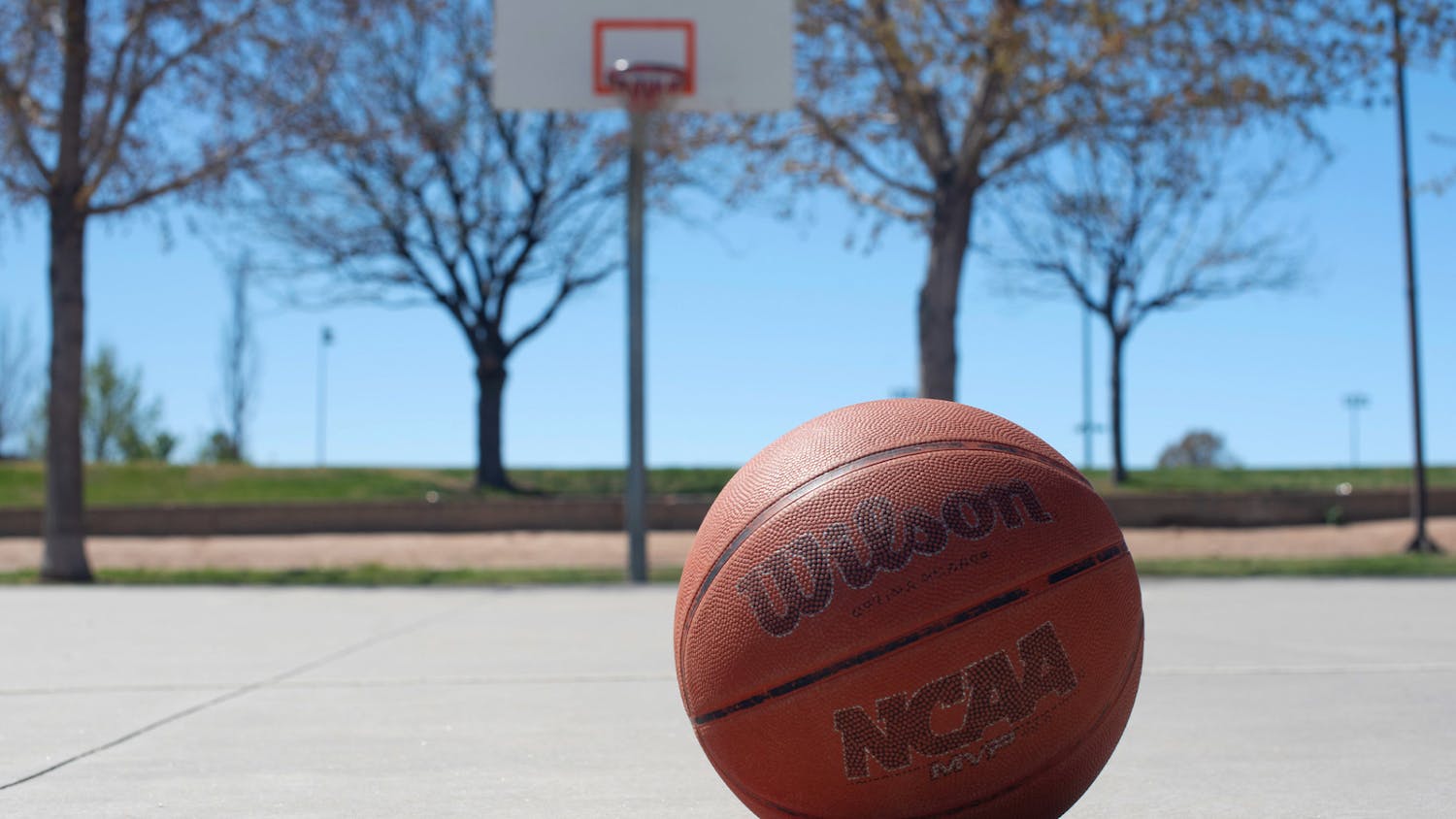by Peggy Spencer
Daily Lobo columnist
Dear Dr. Peg,
What is TMJ? What causes it? What can be done about it?
TMJ stands for "temporomandibular joint," but is also used as a label for disorders of the same joint. The temporomandibular joint is at the corner of the jaw. It is the one that opens and closes your mouth. If you have pain in your TMJ, painful popping or clicking, difficulty opening or closing your mouth, headaches or earaches, you might have a TMJ disorder or TMJ.
Get content from The Daily Lobo delivered to your inbox
To locate the TMJ, press your finger on that little triangular fleshy part at the front of your ear and then open and close your mouth. That's the TMJ you're feeling. A joint is a connection between two bones - in this case the temporal bone of your skull and the mandible or lower jawbone. Think about how many times a day you use that joint. When you talk, chew, yawn, drink, make faces - no other joint in the body gets so much use. No wonder it gets sore.
The TMJ is unique in several ways. It is a hinge joint, like your elbow or knee, a function you perform when you open your mouth. But it also allows sliding movement - jut your jaw forward to feel this. There is a disc in the TMJ, like you have between the vertebrae in your spine, to cushion the joint and facilitate smooth movement. Finally, the bony surfaces on each side of the joint are covered in a very tough tissue - tougher than the cartilage in other joints. As you can see, it is well-adapted for the toll it takes. However, the toll trumps the adaptation sometimes.
Symptoms of a TMJ disorder include pain or tenderness in the jaw area or ear, headaches, painful clicking or popping of the jaw, locking of the joint, discomfort while chewing, a change in bite fit or limited mobility of the jaw. Causes vary from stress to trauma to arthritis.
Muscle pain is the culprit in most cases of TMJ. If you hold your biceps in flexion all day, you're going to have a sore arm by the end of the day, unless you're Charles Atlas. By the same token, if you tend to clench your jaw when you're tense, grind your teeth at night, chew on gum or a pencil all day long, or eat lots of sticky or chewy foods, you might end up with muscular pain in the jaw. This kind of TMJ problem can often be eased by changing the behavior or habit that is causing it.
Heat to the area, anti-inflammatory medications, stretching, massage and muscle relaxation can all be very helpful. Eat softer foods and stop the chewing habits. If you tend to be a clencher, try bringing your attention to your jaw and mouth as often as possible. Each time you do this, consciously relax the facial and jaw muscles, allowing the teeth to gently come apart, and rest the tip of your tongue on the roof of your mouth behind your front teeth. You can also do specific stretching and strengthening exercises.
If you are a grinder, you might find that using a soft bite guard in your mouth at night eases the pressure from teeth grinding and improves your TMJ. You can pick one of these up at any sports or department store.
If conservative, at-home measures don't help, you can see a specialist. There are several people who claim TMJ disorders as their territory, including dentists, oral surgeons and ENT doctors. For very bad cases, surgery has even been tried, but it's a last-ditch effort and frankly doesn't have a great track record. The good news is that most TMJ disorders resolve in a matter of weeks or months, either with conservative treatment like I describe above or with one of medicine's favorite remedies - plain old "tincture of time."
Peggy Spencer has been a UNM student-health physician for 16 years. E-mail your questions to her at Pspencer@unm.edu. All questions will be considered, and all questioners will remain anonymous. This column has general health information only and cannot replace a visit to a health care provider.





